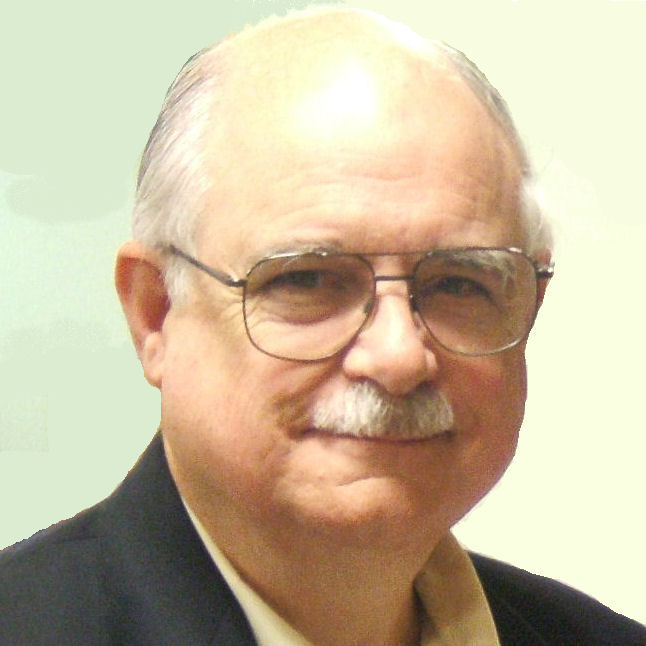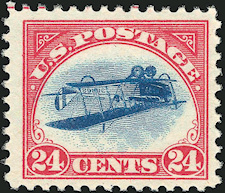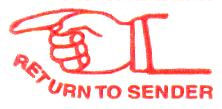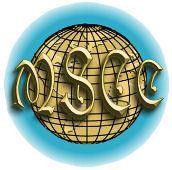
 |
Specialties and Clubs
By John M. Hotchner
 I know that many collectors like to pursue philately as hermits. I mean nothing negative by this. It is a choice we make and if that is how someone wants to enjoy the hobby, more power to them. But I do feel there is so much to be gained by like-minded people getting together that the loners are missing one of the great joys of the hobby by choosing not to do so; not just in terms of the enjoyment of fellowship, but in terms of opportunity to add to their collections through buying, selling and trading.
I know that many collectors like to pursue philately as hermits. I mean nothing negative by this. It is a choice we make and if that is how someone wants to enjoy the hobby, more power to them. But I do feel there is so much to be gained by like-minded people getting together that the loners are missing one of the great joys of the hobby by choosing not to do so; not just in terms of the enjoyment of fellowship, but in terms of opportunity to add to their collections through buying, selling and trading.
I have been involved in organized philately as a member, active participant, officer or organizer since the age of 11 when I went to my first meeting of the Delhi Stamp Club — yes, that is Delhi, India — with my father. At that first meeting I snagged a packet of Rupee-value definitives in the club auction, and I have been a believer in philatelic organizations ever since. Put simply, they are a force multiplier for adding to your collection, learning about your stamps, and gaining access to a wide range of philatelic information.
There is a wide range of national specialist groups. I am pleased to tell you that I am a member of many of them, and each more than pays for the dues in what I get back in knowledge and access to material and the experience of other members.
Over the years I have had a hand in forming several of these societies, and I thought I would devote the rest of this column to vignettes describing "my" five clubs — in case any of you collect the material under focus, but missed the fact that these national societies exist.

The Errors, Freaks and Oddities Collectors' Club: Formed in 1978 to focus on worldwide (but U.S. especially) stamps and postal stationery with production mistakes from design to printing to preparation for distribution. A useful club for those who collect EFOs as a subject area, but also for those who pick up the occasional example to add to their normal album pages. Produces a high-quality quarterly color 28-page newsletter, The EFO Collector, which always has a club auction and feature articles as well as new discoveries, a members' wants column, advertising by dealers with EFO material to sell, and members' activities. Now has about 200 members. Website with a lot of resources for the EFO collector: www.efocc.org. Annual dues: $17 for members in the U.S. and Canada. More information from EFOCC Secretary Stan Raugh, 4217 8th Ave., Temple, PA 19560.
The American Association of Philatelic Exhibitors: Formed in 1986 to help beginning exhibitors master the art, and to share and discuss ideas and techniques geared to improving standards of exhibit preparation, judging and the management of exhibitions. AAPE serves the entire range of people who work or have an interest in one or more of these fields, whether they be novice, experienced, or just beginning to think about getting involved. Currently 900 members. Produces a full-color quarterly 40-page journal, The Philatelic Exhibitor, that serves as a forum for members to present lessons learned from their experiences to help others succeed, proposals for changes in the rules, and information on the activities of the organization. These include a national youth exhibiting system, a mentorship program, exhibit critique service, and more. Produces a pamphlet on Getting Started in Philatelic Exhibiting, which is available at no cost from AAPE's Secretary Liz Hisey, 7227 Sparta Road, Sebring, FL 33872. Annual dues $25. Visit website at www.aape.org.
 The Auxiliary Markings Club: Formed in 2003 to bring together those interested in the myriad U.S. Post Office markings on covers added to explain out-of-the-ordinary handling that delayed or affected delivery, such as a plane crash, the need for address correction, inability to find an addressee, postage due, or damaged by postal equipment. Releases a quarterly color 12-page newsletter, Auxiliary Markings, that discusses and illustrates the various forms of markings over the entire history of U.S. Post Office operation, and seeks member input to expand the lists. Eventually aims to develop its own catalog of auxiliary markings, a mammoth undertaking since there is no such publication now. Sponsors member monographs such as the just released "Private Auxiliary Marks on Hollywood Fan Mail" by Regis Hoffman and Thomas J. Richards. Currently has 140+ members. Visit website at www.postal-markings.org. Annual dues $15. More information from Membership Secretary C. David Eeles, PO Box 933, Columbus, OH 43216-0933.
The Auxiliary Markings Club: Formed in 2003 to bring together those interested in the myriad U.S. Post Office markings on covers added to explain out-of-the-ordinary handling that delayed or affected delivery, such as a plane crash, the need for address correction, inability to find an addressee, postage due, or damaged by postal equipment. Releases a quarterly color 12-page newsletter, Auxiliary Markings, that discusses and illustrates the various forms of markings over the entire history of U.S. Post Office operation, and seeks member input to expand the lists. Eventually aims to develop its own catalog of auxiliary markings, a mammoth undertaking since there is no such publication now. Sponsors member monographs such as the just released "Private Auxiliary Marks on Hollywood Fan Mail" by Regis Hoffman and Thomas J. Richards. Currently has 140+ members. Visit website at www.postal-markings.org. Annual dues $15. More information from Membership Secretary C. David Eeles, PO Box 933, Columbus, OH 43216-0933.

The Mourning Stamps and Covers Club: Formed in 2007 to bring together collectors of mourning stamps, mourning covers and other philatelic related materials related to death and dying, such as 19th century advertising covers of monuments makers or casket companies. Has over 60 members and a quarterly 20-page newsletter, Mourning Notes, with feature articles on the wide range of mourning cover types, and member reports on additions to the list of countries from which mourning covers are known. Available in color by email, and black-and-white in hard copy. MS&CC set a standard for what can be considered a mourning stamp and maintains a list. Just produced a detailed index of the first four years (20 issues) of Mourning Notes. Over 70 members. Annual dues: $15. More information from website at www.mscc.ms, or from MS&CC Secretary James F. Bailey, PO Box 937, Brownwood, TX 76804.
The AMG Collectors Club: Just forming this year, but already with 130+ paid members, and an all volunteer executive headed by Tom Meier. The first newsletter under the editorship of James Koncz is now in preparation. While the focus will likely be the well-known Allied Military Government issues for Austria, France, Germany and Italy associated with World War II, the AMGCC is intended to be a 'big tent' that will include collectors of other U.S. military occupation and expeditionary force mail, world wide. Club auctions and a club website are under development. Annual dues: $15. Membership forms and further information from John Hotchner, PO Box 1125, Falls Church, VA 22041, or email at jmhstamp@verizon.net.
Should you wish to comment on this editorial, or have questions or ideas you would like to have explored in a future column, please write to John Hotchner, VSC Contributor, P.O. Box 1125, Falls Church, VA 22041-0125, or email, putting "VSC" in the subject line, at jmhstamp@verizon.net.
What's your favorite specialty philatelic organization? Join us in the message board and tell us about it.